Home>Garden Essentials>How Deep To Plant Kale Seeds
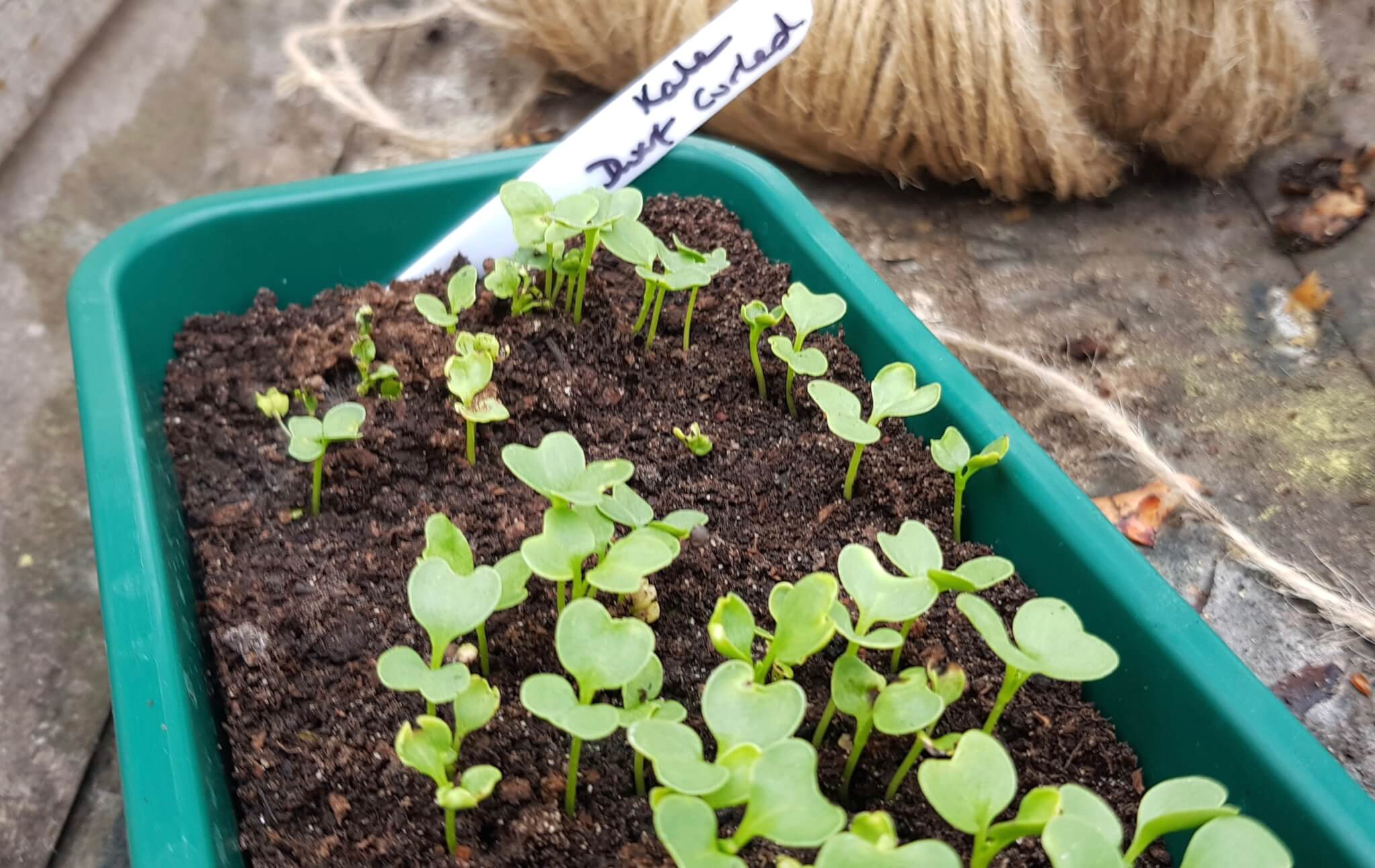

Garden Essentials
How Deep To Plant Kale Seeds
Modified: March 15, 2024
Discover the optimal planting depth for kale seeds in your garden and ensure successful growth. Learn the best practices for planting kale seeds and promoting a thriving garden.
(Many of the links in this article redirect to a specific reviewed product. Your purchase of these products through affiliate links helps to generate commission for Storables.com, at no extra cost. Learn more)
Introduction
Welcome to the world of gardening! One of the most rewarding and fulfilling activities is cultivating your own garden, whether it be for beautiful flowers, nutritious vegetables, or aromatic herbs. In this article, we will dive deep into the world of planting kale seeds and explore the ideal depth for successful growth.
Kale, a nutrient-dense leafy green vegetable, has gained immense popularity in recent years due to its numerous health benefits and versatile culinary uses. Whether you’re a seasoned gardener or a beginner with a green thumb, understanding the proper depth for planting kale seeds is essential to ensure optimal germination and vigorous growth.
When it comes to planting kale seeds, there are a few factors to consider, including the soil type, drainage, and local climate conditions. By taking these factors into account, you can determine the ideal depth for your kale seeds, ensuring they have the best chance of flourishing into abundant and healthy plants.
Before we delve into the specific depths for planting kale seeds, it’s important to conduct a soil test to assess the quality and composition of your garden soil. This will help you understand if any amendments or adjustments need to be made to optimize conditions for kale seed germination and growth.
When it comes to kale seed planting depth, there are generally three options: shallow planting, moderately deep planting, and deep planting. Each option has its own advantages and considerations, depending on the specific conditions of your garden and the characteristics of the kale variety you are cultivating.
In the following sections, we will explore these planting depths in more detail, providing you with guidance on how to select the ideal depth for your kale seeds based on your garden’s unique requirements. So let’s roll up our sleeves, grab our gardening tools, and embark on an exciting journey into the proper depth for planting kale seeds!
Key Takeaways:
- Planting kale seeds at the right depth is crucial for healthy growth. Factors like soil type, drainage, and climate influence the ideal depth, typically between ¼ to 1 inch. Adjust based on your garden’s unique conditions.
- Shallow, moderately deep, and deep planting offer different benefits and considerations. Consider seed size, soil type, and climate when choosing the best depth for your kale seeds. Remember to monitor soil moisture and protect against frost for successful germination and growth.
Read more: How Deep To Plant Oregano Seeds
Choosing the Right Depth for Planting Kale Seeds
When it comes to successful kale seed germination and healthy plant growth, choosing the right depth for planting is crucial. The depth at which you plant your kale seeds will determine how well they establish their roots and ultimately impact their overall development. Let’s explore the different factors to consider when determining the ideal depth for planting kale seeds.
Soil Type: The type of soil you have in your garden plays a significant role in determining the depth at which to plant your kale seeds. If you have heavy clay soil, it tends to retain moisture and may require shallower planting to prevent waterlogging. On the other hand, sandy soil drains quickly, necessitating deeper planting to ensure adequate moisture for the kale seeds.
Drainage: Proper soil drainage is essential for healthy root development. If your garden soil drains poorly, planting kale seeds too deeply can lead to water stagnation, which increases the risk of root rot and fungal diseases. Conversely, if the drainage is excellent, shallow planting may result in inadequate moisture uptake for the kale seeds.
Local Climate Conditions: Your local climate has a significant impact on the depth for planting kale seeds. In colder regions, planting seeds too shallowly can expose them to frost damage. In contrast, in hotter climates, deeper planting can help protect the seeds from excessive heat and promote better root growth.
Seeds’ Size: The size of the kale seeds can also influence the planting depth. As a general rule, larger seeds are planted deeper than smaller seeds. This allows them to establish better contact with the soil and facilitates nutrient uptake for growth.
Kale Variety: Different kale varieties have different growth habits, with some producing longer taproots while others have a more shallow root system. Understanding the specific characteristics of the kale variety you are planting will help you determine the appropriate planting depth.
By taking into account these factors, you can make an informed decision on the depth at which to plant your kale seeds. In the next sections, we will explore shallow planting, moderately deep planting, and deep planting in more detail, highlighting the advantages and considerations for each.
Factors to Consider
When determining the depth for planting kale seeds, there are several factors to consider. These factors will guide you in selecting the ideal planting depth for your kale seeds, ensuring optimal germination and healthy plant growth. Let’s take a closer look at these factors:
- Seed Size: The size of the kale seeds is an important factor to consider. Larger seeds typically require deeper planting, while smaller seeds can be planted at a shallower depth. This is because larger seeds need more soil contact for proper germination and establishment of a strong root system.
- Soil Type and Drainage: The type of soil in your garden and its drainage capacity can greatly influence the planting depth. If you have heavy clay soil that retains moisture, it may be best to plant kale seeds shallower to prevent waterlogging. On the other hand, if you have sandy soil with poor water retention, deeper planting may be necessary to ensure sufficient moisture reach the roots.
- Climate: Consider your local climate conditions when determining the planting depth. In colder regions, planting seeds too shallowly can expose them to frost damage. In hotter climates, planting seeds deeper can help protect them from extreme heat. Understanding the climate variations in your area will help you select the right planting depth for optimal seedling growth.
- Seed Quality: The quality of the kale seeds you have also plays a role in determining the planting depth. High-quality seeds tend to have a higher germination rate, allowing for a slightly shallower planting depth. However, if you are using seeds of lower quality or uncertain viability, you may want to plant them slightly deeper to increase the chances of successful germination.
- Kale Variety: Different kale varieties have different growth habits and root systems. Some varieties produce longer taproots, while others have a more fibrous and shallow root system. Understanding the specific characteristics of the kale variety you are planting can help inform your decision on the planting depth that best suits the particular variety.
By taking these factors into consideration, you can make an informed decision and choose the appropriate depth for planting your kale seeds. Keep in mind that gardening is a dynamic process, and fine-tuning the planting depth may require some experimentation and observation. The goal is to provide the ideal conditions for the kale seeds to germinate, establish strong roots, and ultimately thrive into healthy and productive kale plants.
Testing Soil Drainage
Before determining the ideal depth for planting kale seeds, it’s crucial to assess the soil drainage in your garden. Soil drainage refers to the ability of the soil to allow excess water to move away from the roots, preventing waterlogged conditions that can harm plant health. Testing soil drainage will help you understand the soil’s capacity to retain and drain water, allowing you to make informed decisions regarding planting depth. Here are a few methods to test soil drainage:
- Observation: Observe how water behaves in your garden after rainfall or irrigation. Does water pool on the soil surface, taking a long time to disappear? This indicates poor drainage. Alternatively, if water quickly penetrates the soil, it suggests good drainage.
- Squeeze Test: Take a handful of soil from your garden and gently squeeze it in your hand. If the soil forms a tight ball and retains its shape, it likely has high clay content and poor drainage. Conversely, if the soil falls apart easily or doesn’t form a ball, it might have a higher sand content, indicating better drainage.
- Percolation Test: Dig a hole about 12 inches deep and fill it with water. Monitor the time it takes for the water to completely drain from the hole. If the water drains within a few hours, the soil has good drainage. However, if it takes more than 24 hours for the water to drain, it indicates poor drainage.
- Soil Moisture Meter: Using a soil moisture meter, you can measure the moisture content at different depths in your garden. Dry soil at deeper depths may indicate good drainage, while consistently wet soil at all depths suggests poor drainage.
- Professional Soil Testing: If you want a more accurate and comprehensive analysis of your soil’s drainage capacity, you can opt for professional soil testing. This will provide you with detailed information about the soil composition, pH level, and nutrient content, helping you make more informed decisions regarding planting depth and soil amendments.
By testing the soil drainage in your garden, you can better understand its characteristics and make informed decisions about the depth at which to plant your kale seeds. Soils with poor drainage may require shallower planting to prevent waterlogging, while well-drained soils allow for deeper planting to ensure adequate moisture uptake for the kale seeds. Remember, optimal soil drainage is essential for plant health and successful kale seed germination, so take the time to assess your soil and make necessary adjustments for a thriving garden.
Shallow Planting
Shallow planting refers to planting kale seeds at a relatively shallower depth, typically around ¼ to ½ inch deep. This planting method is suitable for gardens with soils that have good drainage or for kale varieties with a more fibrous and shallow root system. Here are some advantages and considerations for shallow planting:
Advantages:
- Quick Germination: Shallow planting allows the kale seeds to be closer to the soil surface, where they can benefit from warmer temperatures and receive more sunlight. This can lead to faster germination, helping your kale plants get a head start in their growth.
- Easy Emergence: When planted at a shallow depth, the emerging seedlings face less resistance from the soil, making it easier for them to push through the surface. This can ensure a higher rate of successful emergence and reduce the risk of seedlings getting trapped or struggling to emerge.
- Access to Oxygen: Shallow planting provides the kale seeds with better access to oxygen, which is crucial for healthy root development. With the seeds closer to the soil surface, they can take advantage of oxygen in the air pockets within the top layers of soil, aiding in root respiration and nutrient uptake.
Considerations:
- Moisture Management: Shallow planting can result in faster drying of the soil surface, especially in hot climates or during periods of low rainfall. It’s important to ensure consistent moisture levels by watering regularly and applying mulch to help retain moisture, preventing the seeds from drying out.
- Weed Competition: When planted at a shallow depth, kale seeds may be more susceptible to weed competition. Weeds can germinate and grow quickly on the soil surface, potentially overshadowing the emerging kale seedlings and competing for nutrients and sunlight. Regular weeding and the use of mulch can help mitigate this issue.
- Frost Risk: Shallow planting can expose the seeds and young seedlings to the risk of frost damage, especially in colder regions or during early spring planting. Keeping an eye on the weather forecast and providing adequate frost protection, such as using row covers or cloches, can help safeguard the kale seeds from chilling temperatures.
Shallow planting is a viable option for gardeners with well-drained soils or specific kale varieties that exhibit shallow root systems. By considering the advantages and considerations, you can make an informed decision on whether shallow planting is the right approach for your kale seeds. Remember to monitor soil moisture, control weed growth, and protect against frost to ensure the successful establishment and growth of your kale plants.
Plant kale seeds 1/4 to 1/2 inch deep in well-drained soil. Keep the soil consistently moist for germination. Thinning may be necessary once seedlings emerge.
Read more: How Deep To Plant Papaya Seeds
Moderately Deep Planting
Moderately deep planting involves placing kale seeds at a depth of around ½ to 1 inch in the soil. This planting method is suitable for a variety of soil types and kale varieties, striking a balance between shallow and deep planting. Here are some advantages and considerations for moderately deep planting:
Advantages:
- Root Development: Moderately deep planting allows the kale seeds to establish a strong and extensive root system. Placing the seeds slightly deeper encourages the development of longer and stronger roots, enabling the plants to access water and nutrients deeper within the soil.
- Moisture Retention: Planting kale seeds at a moderately deep depth can help retain moisture more effectively in the soil. The additional soil cover helps prevent rapid evaporation and creates a conducive environment for the seeds to absorb moisture, promoting healthier germination and early seedling growth.
- Frost Protection: Planting kale seeds at a slightly deeper depth can provide some protection against frost. The soil acts as an insulating layer, helping to shield the developing seeds and seedlings from potentially damaging low temperatures.
Considerations:
- Germination Time: Seeds planted at a moderately deep depth may take slightly longer to germinate compared to shallower planting. The extra soil cover can slightly delay seedling emergence, so it’s important to be patient and provide the necessary care and maintenance while waiting for the seeds to sprout.
- Soil Moisture Monitoring: While moderately deep planting helps retain moisture, it’s essential to monitor soil moisture levels closely. Avoid overwatering, as excessive moisture can lead to waterlogged conditions and adversely affect root health. Regularly check soil moisture with your finger or a moisture meter.
- Seasonal Variations: Moderately deep planting is generally suitable for most garden situations. However, it’s important to adjust planting depth based on seasonal variations. For example, during extremely hot or dry periods, planting slightly deeper can help shield the seeds from intense heat and reduce water stress.
Moderately deep planting offers a balance between shallow and deep planting, providing favorable conditions for root development and moisture retention. By considering the advantages and considerations, you can determine if moderately deep planting is the right approach for your kale seeds. Keep an eye on germination progress, monitor soil moisture levels, and adapt the planting depth based on seasonal variations to ensure successful seedling establishment and robust kale growth.
Deep Planting
Deep planting involves placing kale seeds at a depth of around 1 to 1.5 inches in the soil. This method is suitable for certain soil types and kale varieties that have a strong taproot system or if you want to provide additional protection for the seeds. Here are some advantages and considerations for deep planting:
Advantages:
- Strong Root System: Deep planting encourages the development of a robust and extensive root system. By placing the seeds at a greater depth, the kale plants can establish a strong taproot that reaches deeper into the soil for increased nutrient uptake and stability.
- Protection from Weather Extremes: Deep planting provides added protection for the seeds from extreme weather conditions such as heatwaves or strong winds. The deeper placement in the soil helps shield the seeds from hot surface temperatures and provides stability during gusty winds.
- Minimizes Water Evaporation: By planting kale seeds at a deeper depth, the soil acts as a protective layer. This helps minimize water evaporation from the surface, allowing the seeds to retain moisture and reducing the frequency of watering required.
Considerations:
- Longer Germination Time: Seeds planted at a deeper depth may take longer to germinate compared to shallower planting. The increased soil cover can slightly delay the emergence of the seedlings, so it’s important to be patient and provide consistent care and maintenance during this period.
- Irrigation and Moisture Management: Deep planting requires proper irrigation and moisture management. The deeper placement can make it challenging for the seeds to access moisture from the surface. Regular watering, especially during the early stages of germination, is crucial to ensure adequate moisture reaches the seeds and supports healthy growth.
- Poor Drainage: Deep planting in poorly drained soil can lead to water saturation around the seeds, increasing the risk of rot and fungal diseases. It is important to ensure good soil drainage or consider alternatives such as raised beds or adding organic matter to improve drainage.
Deep planting can provide numerous benefits, such as establishing a strong root system and protecting the seeds from weather extremes. By considering the advantages and considerations, you can determine if deep planting is the right approach for your kale seeds. Remember to monitor the germination process, provide adequate irrigation, and address any drainage issues to foster healthy seedling growth and robust kale plants.
Recommended Depth for Planting Kale Seeds
After considering the advantages and considerations of shallow planting, moderately deep planting, and deep planting, you may be wondering what the recommended depth is for planting kale seeds. While the ideal depth can vary depending on factors such as soil type, drainage, and kale variety, a general guideline for planting kale seeds is about ¼ to 1 inch deep.
This planting depth range offers a balanced approach, providing adequate soil contact for germination and root development without exposing the seeds to potential frost damage or excessive moisture. Here are some key considerations to help you determine the best planting depth:
- Soil Type: If you have heavy clay soil, it’s advisable to lean towards the shallower end of the recommended planting depth range to prevent waterlogging. In contrast, if you have sandy soil, planting slightly deeper can help ensure sufficient moisture retention for the seeds.
- Drainage: Consider the drainage capacity of your garden soil. If you have well-drained soil, you can opt for the deeper end of the planting depth range. In poorly drained soil, leaning towards the shallower end can help avoid waterlogged conditions that may hinder seed germination and seedling growth.
- Climate: Take into account your local climate conditions. In colder regions or during early spring planting, planting slightly deeper can provide some protection against frost. In hotter climates, planting on the shallower side can help protect the seeds from excessive heat.
- Seed Size and Kale Variety: Larger seeds typically benefit from slightly deeper planting to establish proper soil contact. Additionally, consider the growth habits and root systems specific to the kale variety you are planting. Some varieties may have longer taproots and may benefit from deeper planting.
It’s important to remember that these are general guidelines, and fine-tuning the planting depth may be necessary based on the unique characteristics of your garden and kale variety. Observation, experimentation, and adjusting planting depth based on previous experiences can further refine your approach.
By following these recommendations and considering the specific conditions of your garden, you can determine the best depth for planting your kale seeds. Providing the optimal conditions during germination and early growth stages will set the foundation for healthy kale plants and a bountiful harvest.
Conclusion
Planting kale seeds at the right depth is crucial for successful germination, vigorous growth, and a thriving garden. By considering factors such as soil type, drainage, climate, seed size, and kale variety, you can make informed decisions about the ideal planting depth for your kale seeds.
Shallow planting, typically around ¼ to ½ inch, is suitable for well-drained soils or kale varieties with shallow root systems. It promotes quick germination, easy emergence, and access to oxygen. However, shallow planting requires careful moisture management and weed control.
Moderately deep planting, around ½ to 1 inch, offers a balance between root development and moisture retention. It allows for strong root systems, frost protection, and reduced water evaporation. However, it requires monitoring of soil moisture and adjustments based on seasonal variations.
Deep planting, around 1 to 1.5 inches, encourages the growth of robust root systems and provides protection against extreme weather conditions. It minimizes water evaporation but demands longer germination time and diligent irrigation and drainage management.
While the recommended depth for planting kale seeds is generally between ¼ to 1 inch, it’s important to adjust based on your specific garden conditions. Factors such as soil type, drainage, climate, seed size, and kale variety can influence the ideal planting depth.
Remember to observe and test soil drainage, ensuring it is conducive to plant health. Regularly monitor soil moisture levels, control weed competition, and protect against frost when necessary. With thoughtful consideration and proper care, your kale seeds will germinate, establish strong roots, and grow into healthy and productive kale plants.
So, roll up your sleeves, grab your gardening tools, and get ready to plant your kale seeds at the perfect depth. Embrace the joy of cultivating your own garden and reap the rewards of homegrown, nutritious kale for your meals. Happy gardening!
Frequently Asked Questions about How Deep To Plant Kale Seeds
Was this page helpful?
At Storables.com, we guarantee accurate and reliable information. Our content, validated by Expert Board Contributors, is crafted following stringent Editorial Policies. We're committed to providing you with well-researched, expert-backed insights for all your informational needs.
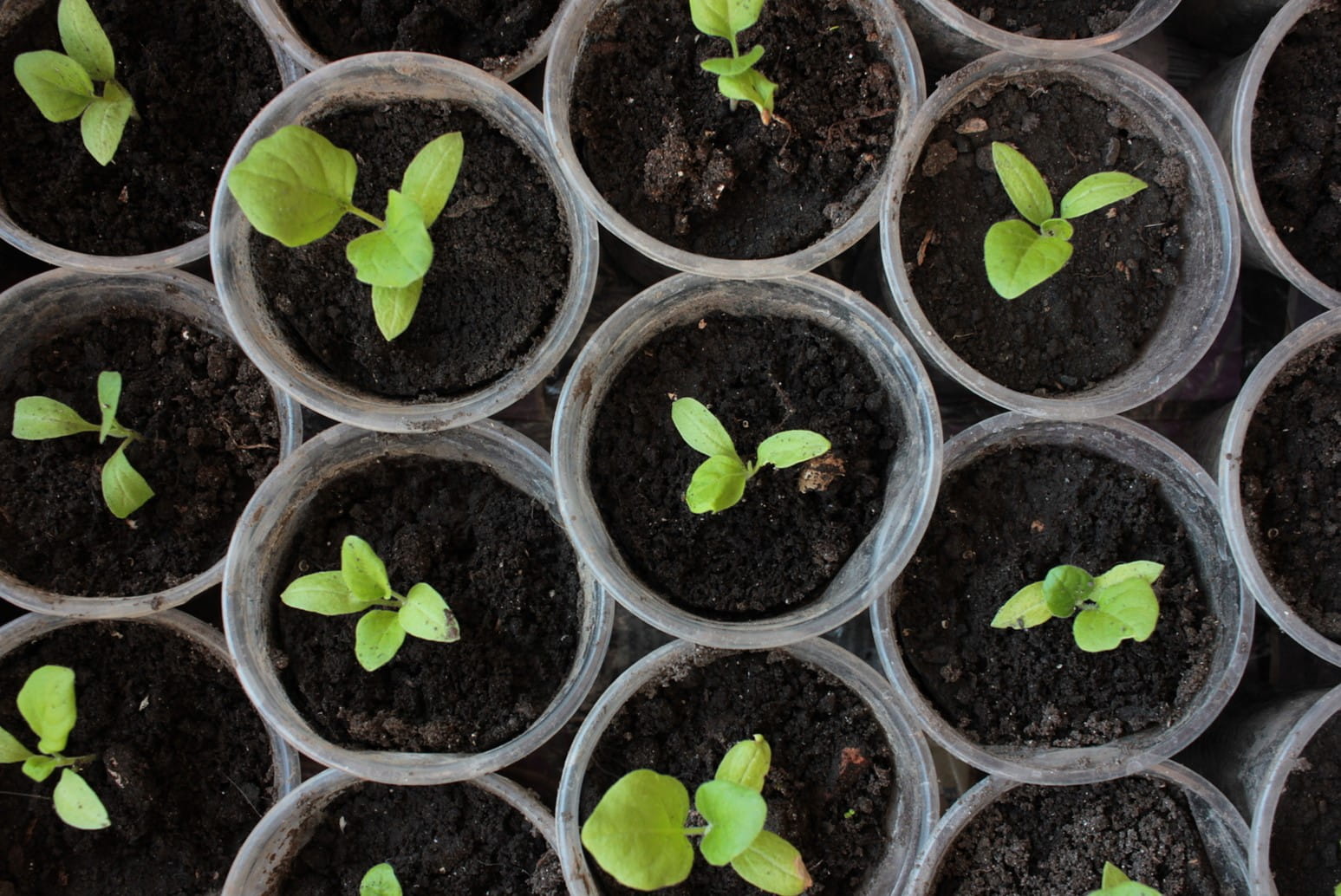
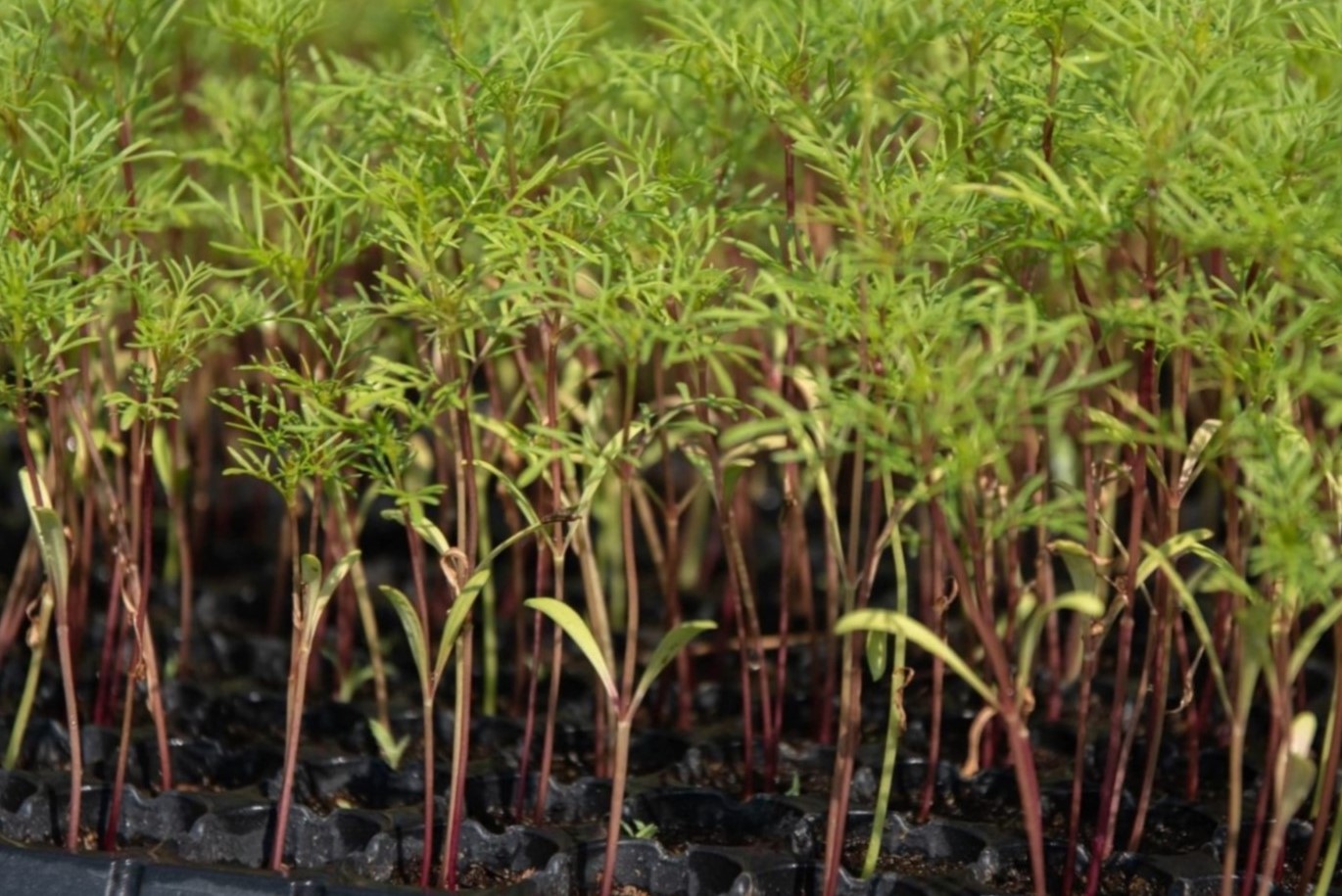
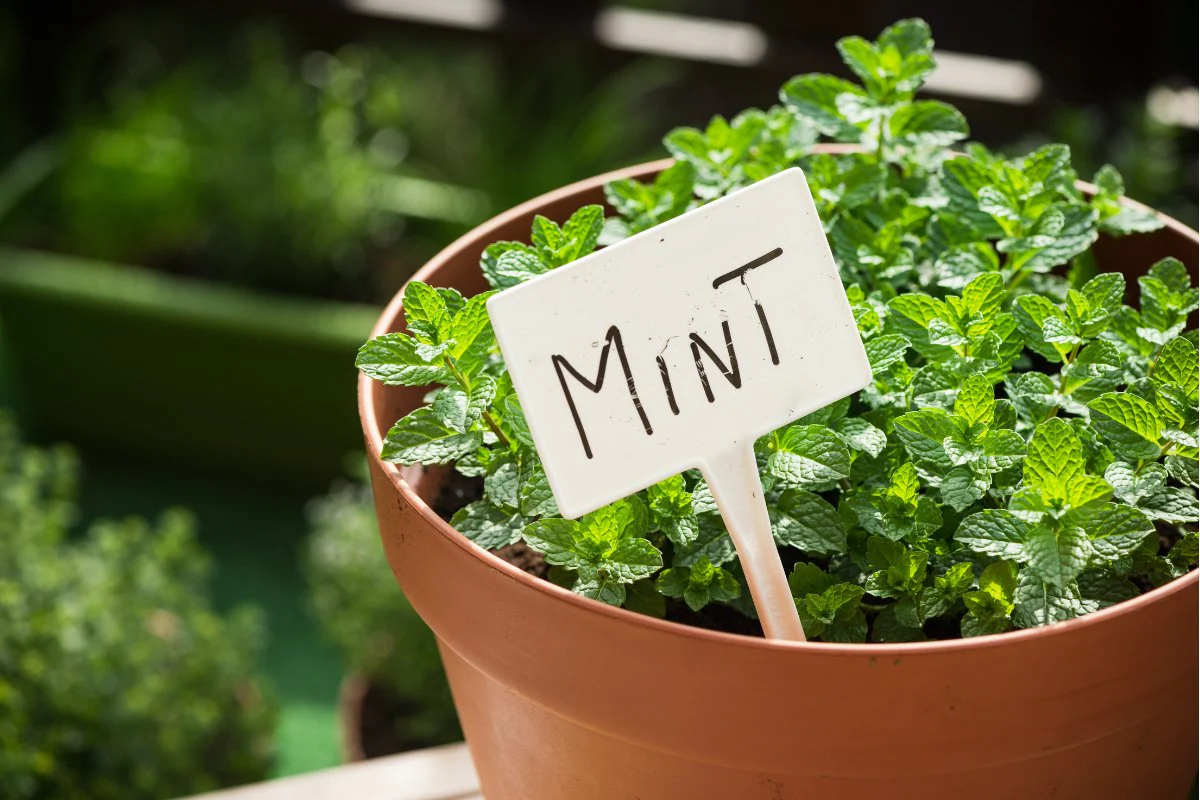
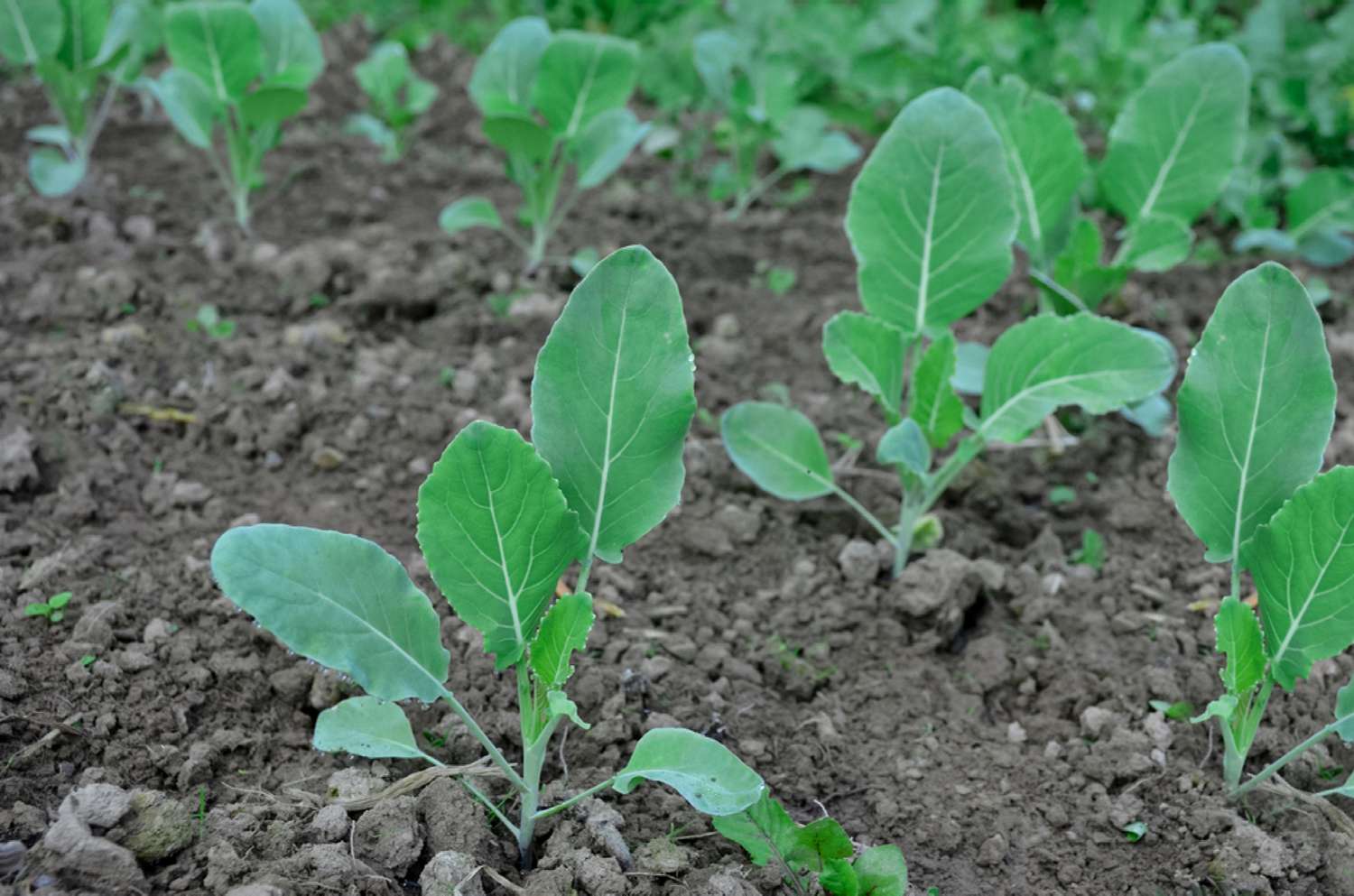
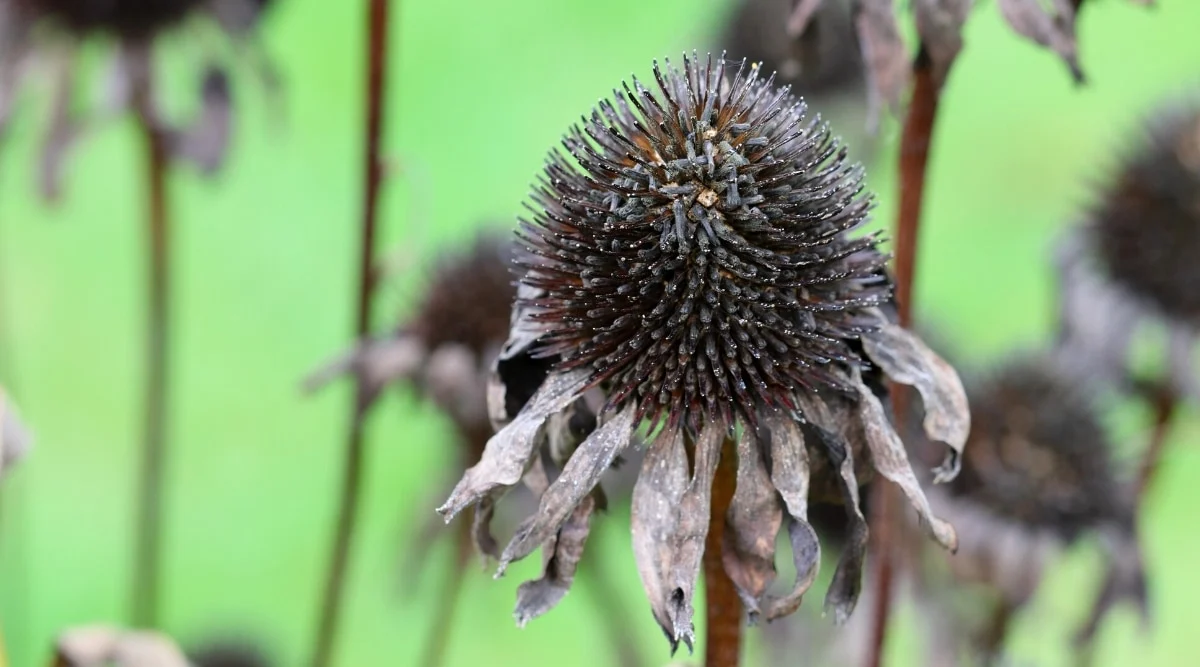
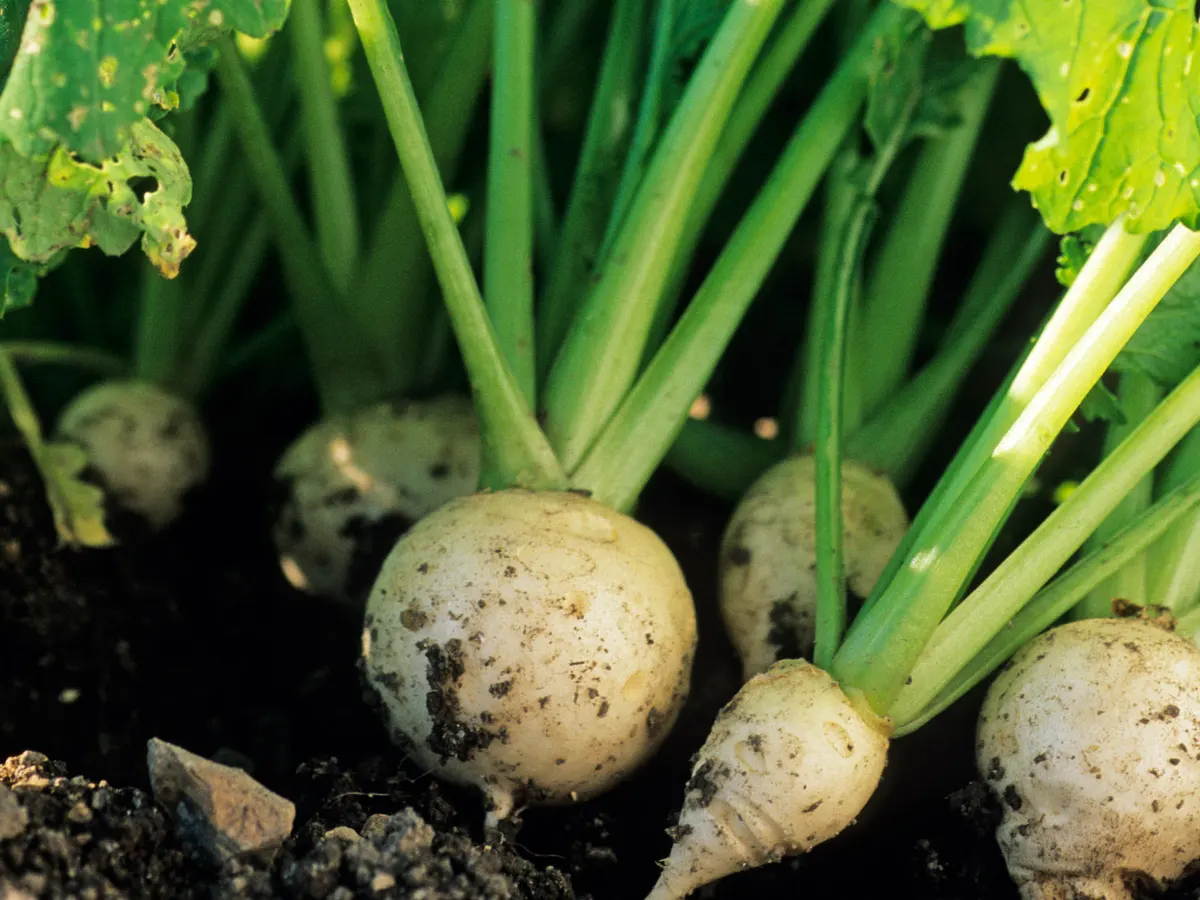
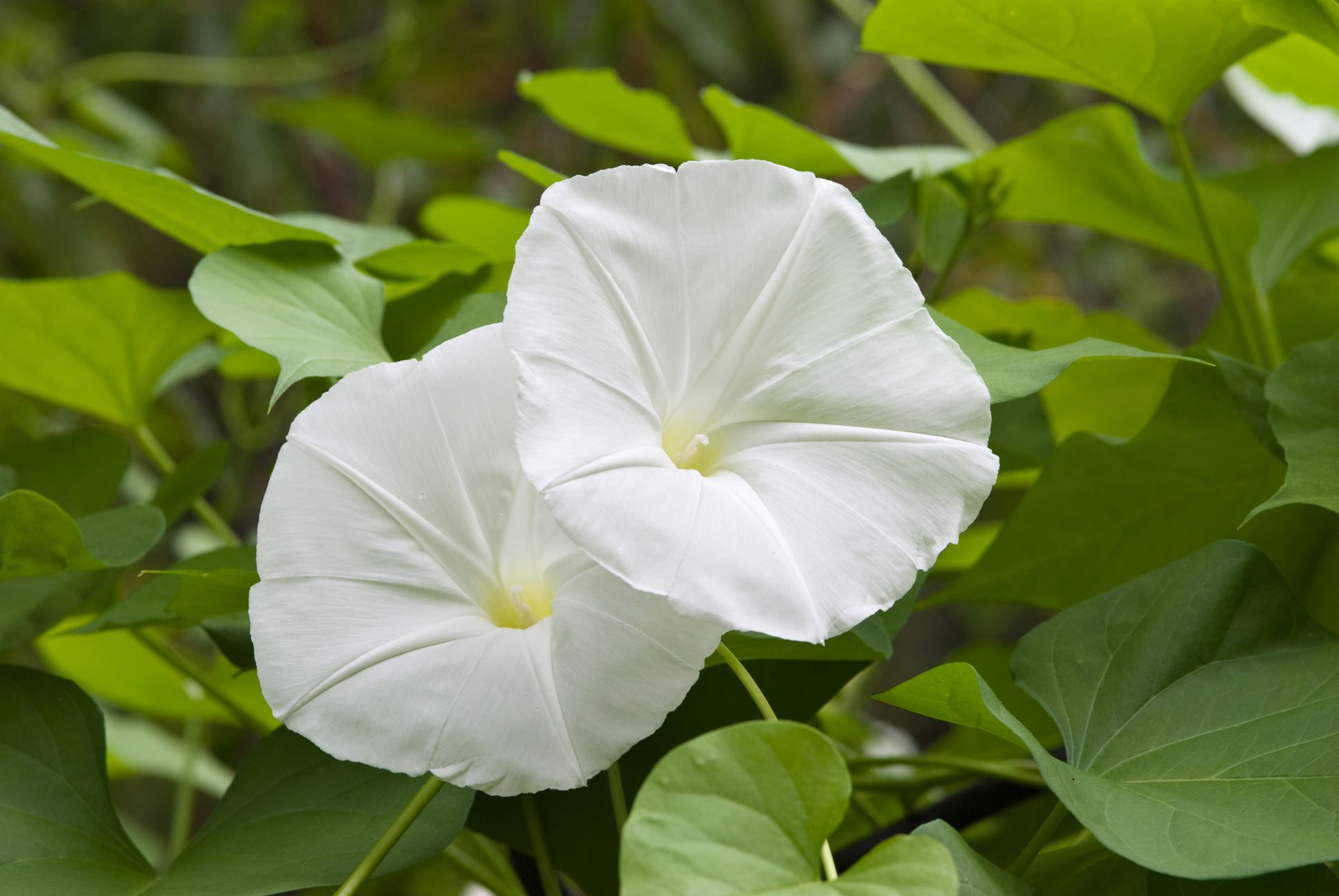
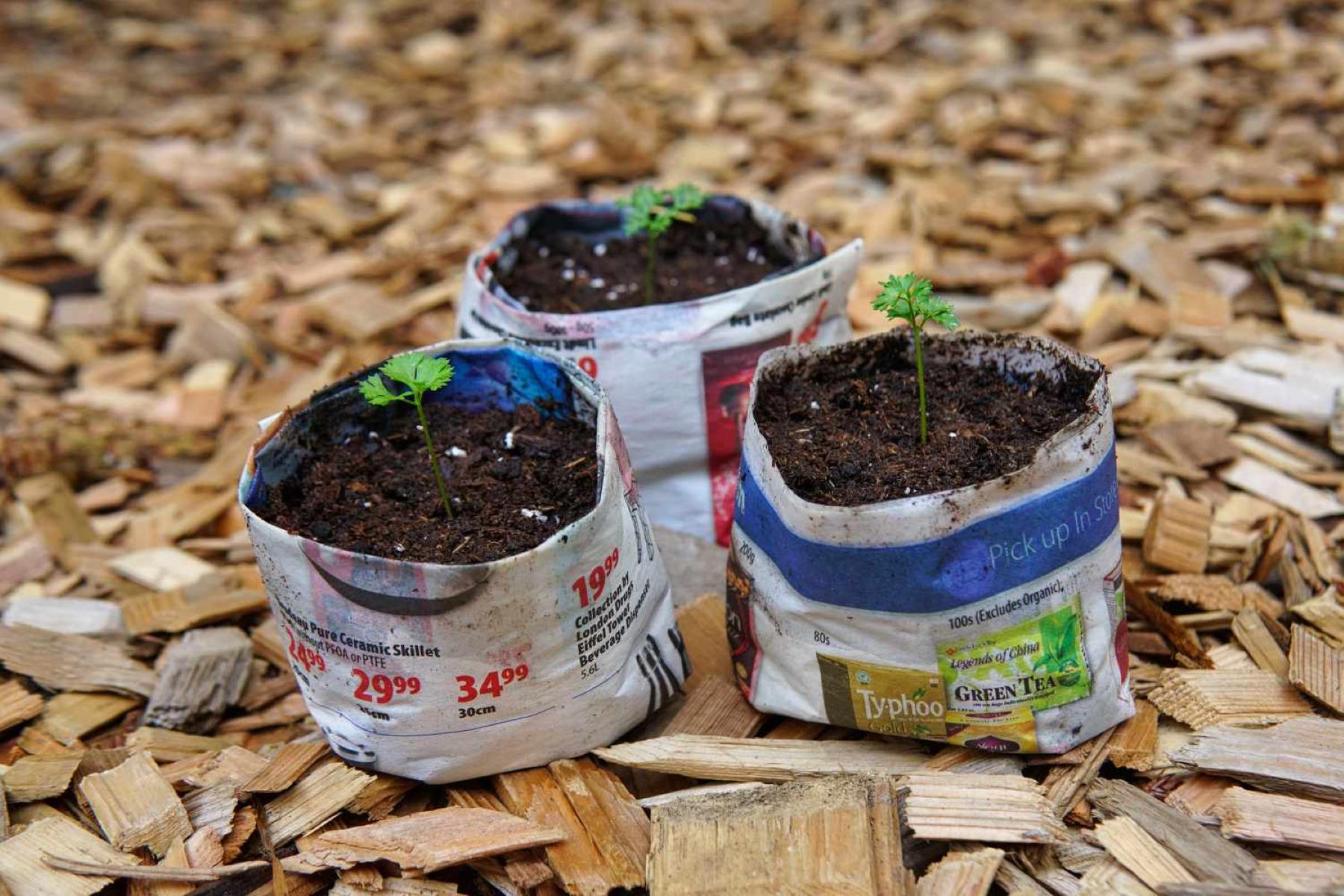
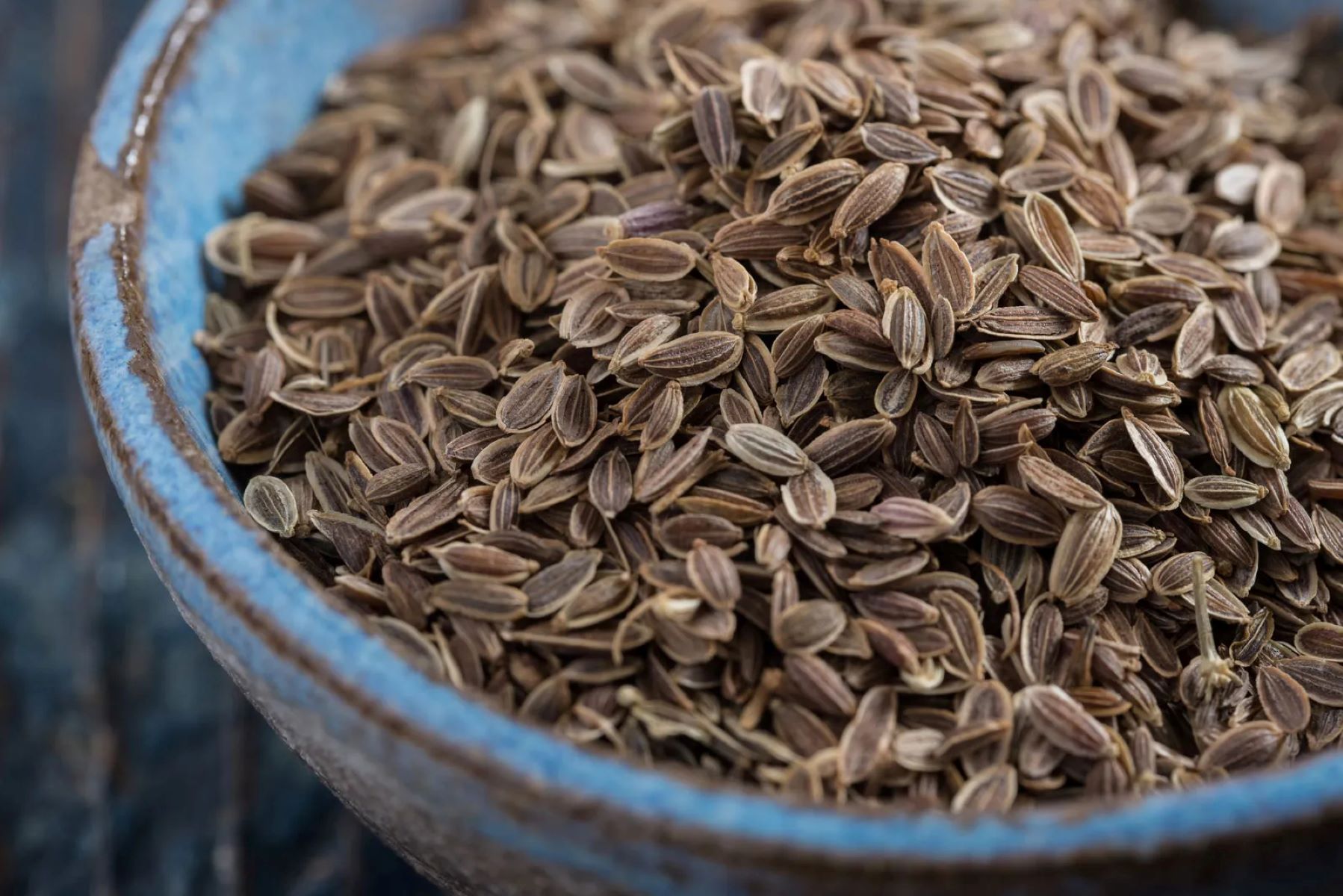
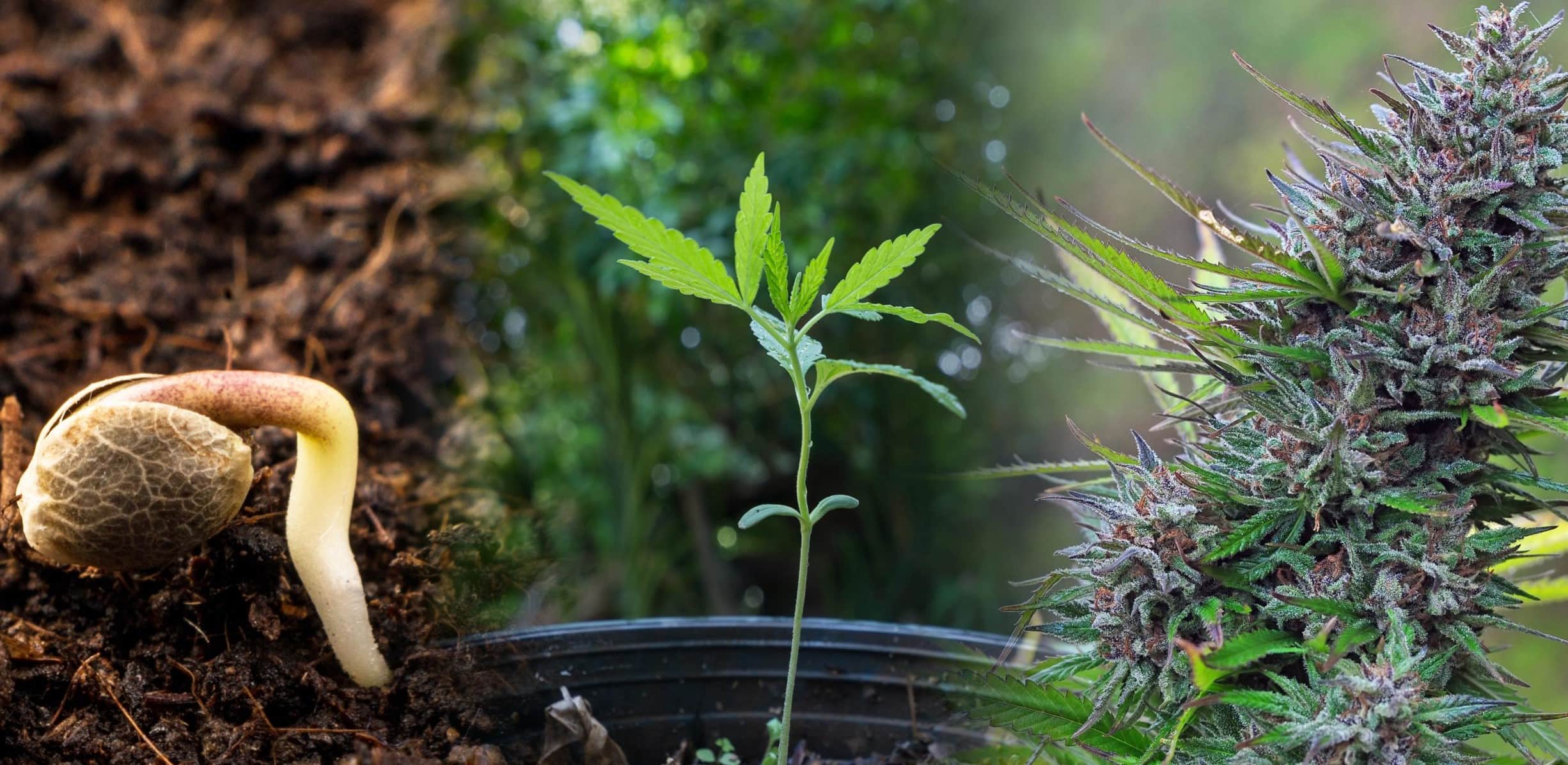
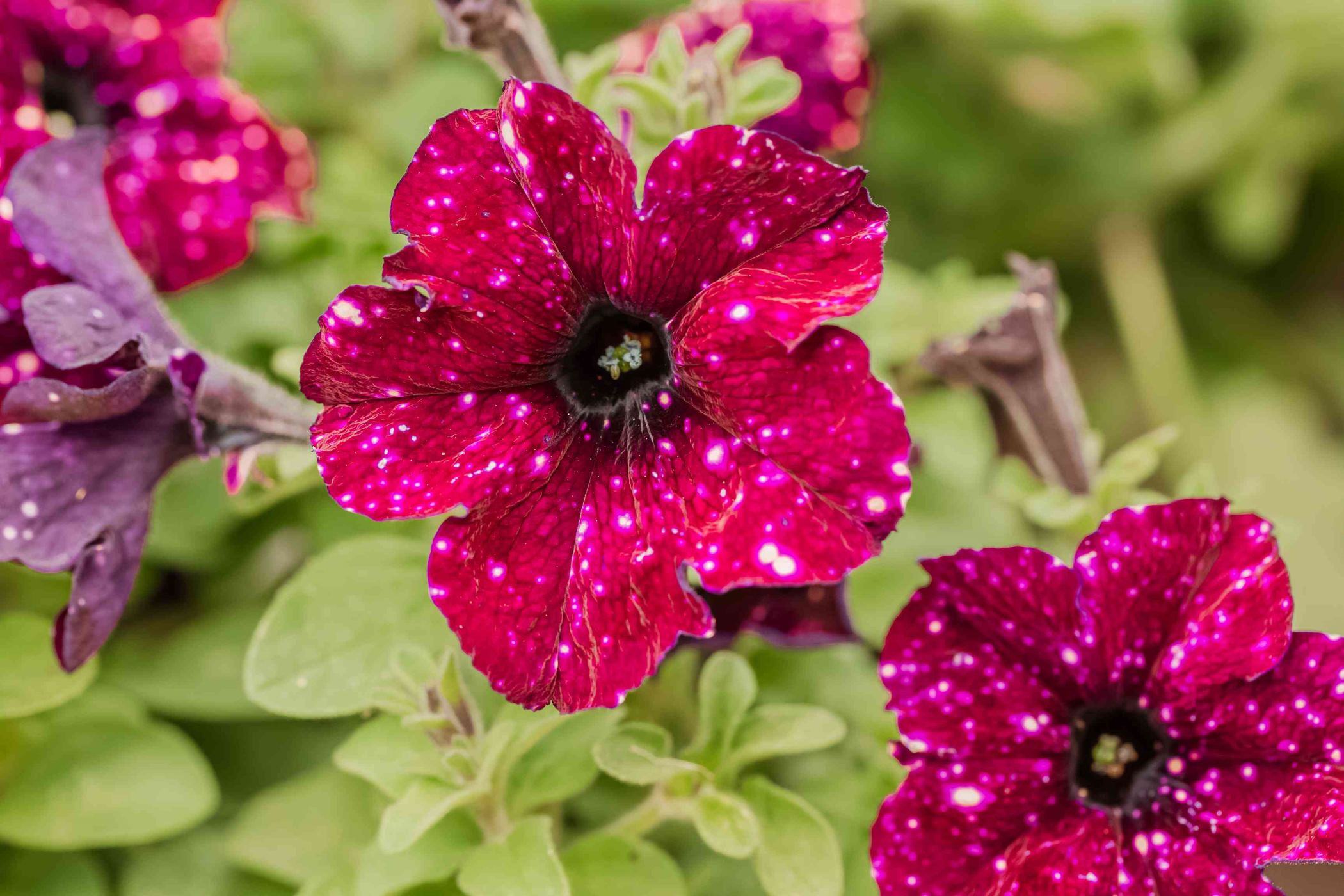
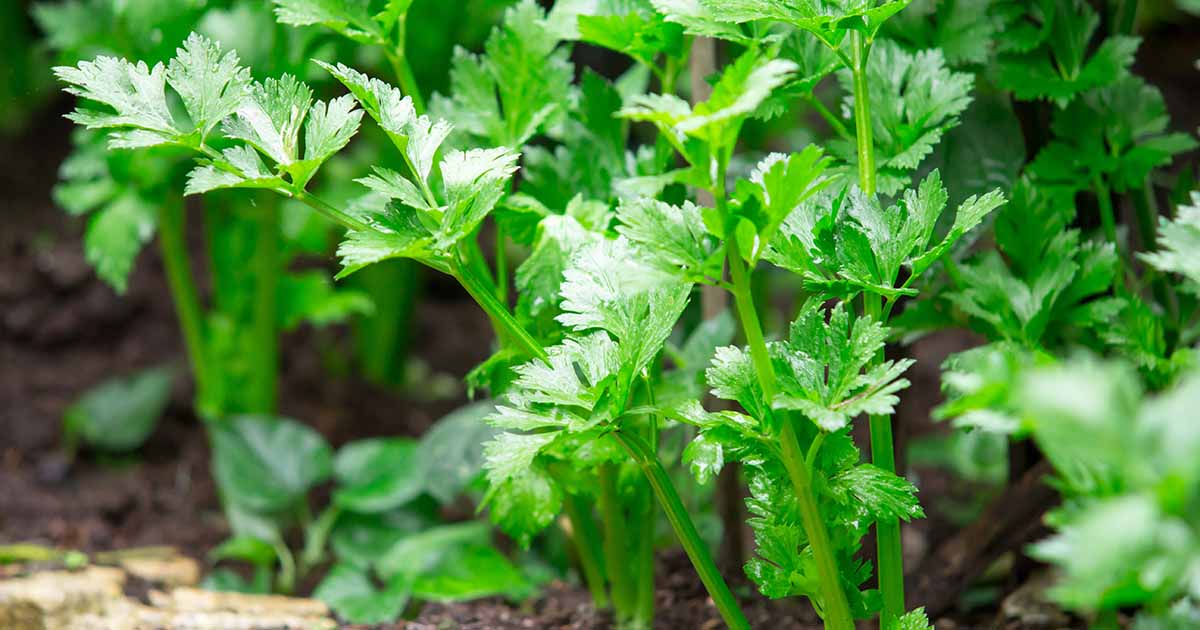
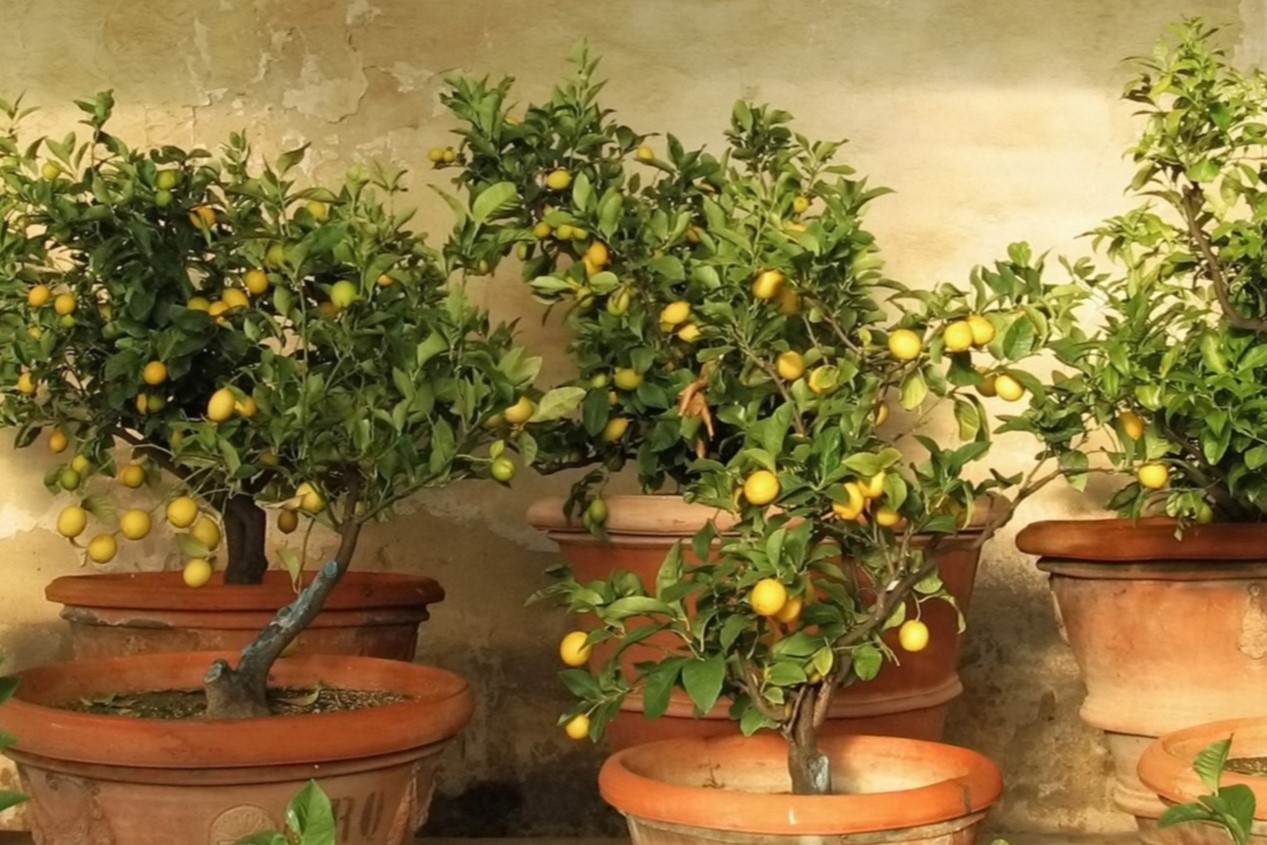
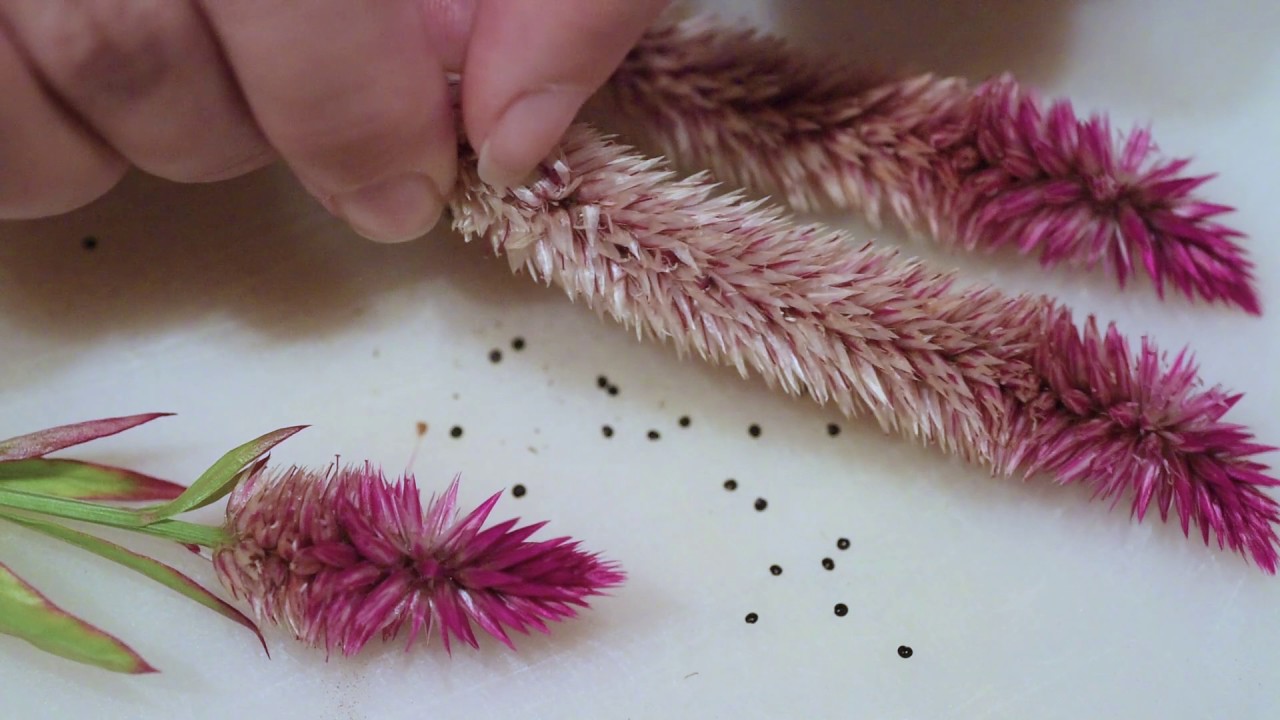

0 thoughts on “How Deep To Plant Kale Seeds”